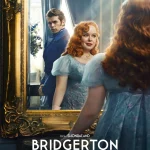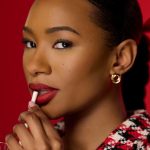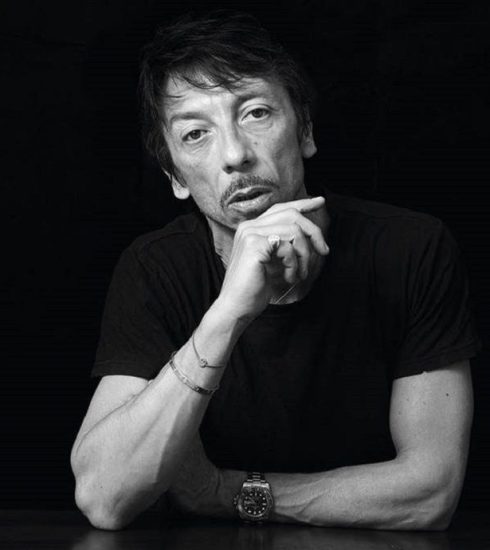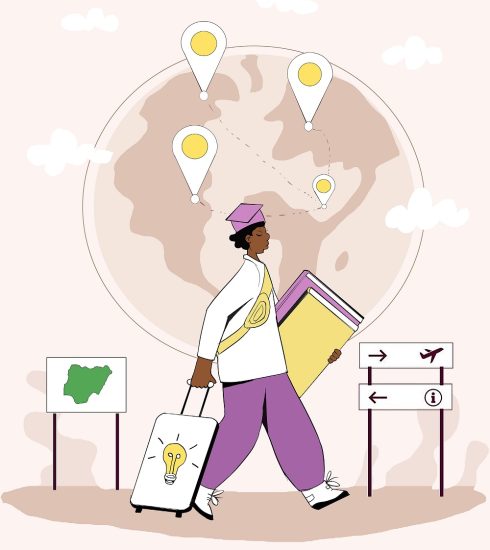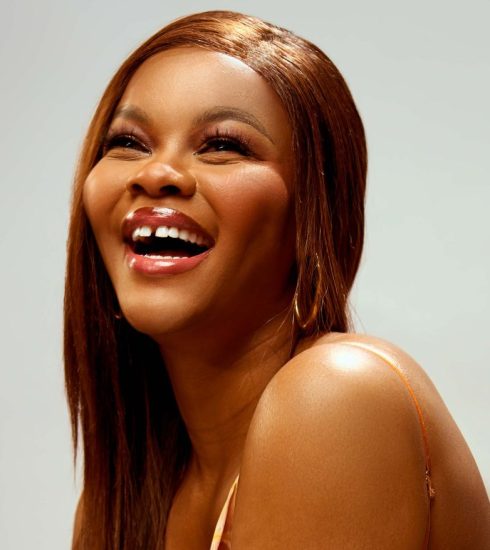Chinonso Egemba: Content Creator Leading the Way
Over the years, the Nigerian content creation industry has experienced impressive growth and development. It has grown from humble beginnings into a vibrant, diverse field that demonstrates the enormous skill and creativity present in the country. Nigerian creatives are currently making waves on a national and international scale by using their voices to inspire, educate, and entertain. As a result of the growth of digital platforms, Nigerian content creators are pushing limits and establishing new benchmarks in the industry.
In Nigeria, there are a lot of content creators who are making a significant impact in their respective fields. From dancers to chefs to techies and doctors, there’s almost no area of life that hasn’t got a content creator sharing knowledge and fun with the public. One of these creatives is none other than Chinonso Egemba, also known as Aproko Doctor, a global health advocate, medical doctor, and health content creator who simplifies complex medical topics through storytelling.
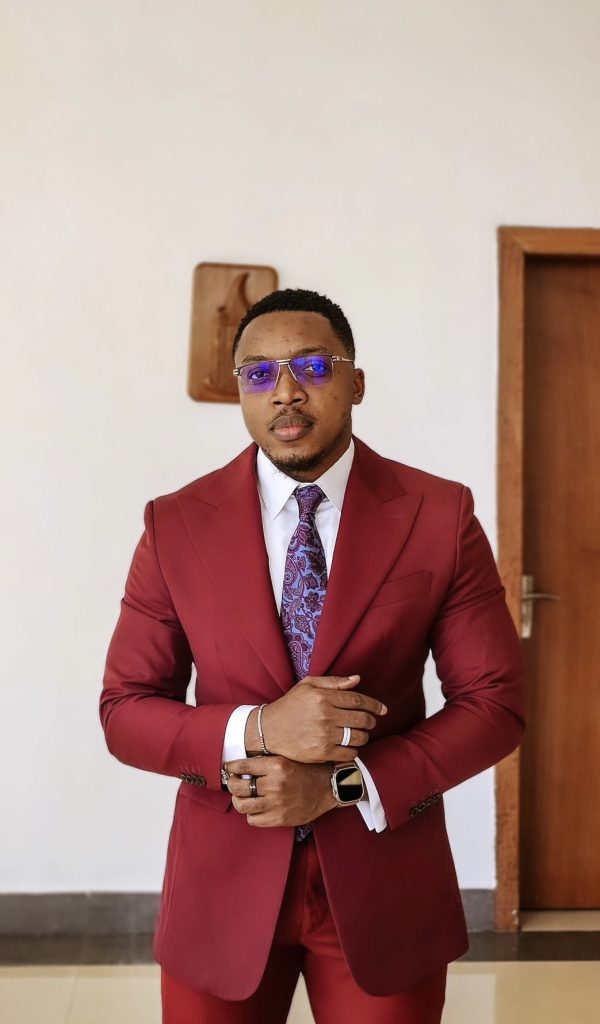
In this interview with THEWILL DOWNTOWN’s Johnson Chukwueke, the creative discuss his journey, his challenges, and what sets his content apart from others.
In the beginning, how did you manage your time, you know, between working at the hospital and creating content?
So, in the beginning, the options I had were very limited as, at that time, I was working at three hospitals at the same time and trying to create messages that would help the average African practice better healthcare. I would wait till midnight in the hospitals where I worked or wait until we had very little patient load before creating my content. Over time, the channel grew, and that required addition to the team. I met a certain man who took the responsibility of shooting my videos at that time, so it was less troublesome. Right now, we have a team of about 12 people who are currently in our channel, and everything is seamless. Some are in charge of scripting, some are in charge of strategising, some are in charge of research, so yeah, that’s how we have been able to manage the channel.
What made you decide you wanted to create health content at that time, even with so much competition from creators who were more fixated on comedy?
I think it was more of personal experiences that made me decide on that. I worked in a rural area, somewhere in Imo State, that would be Orlu L.G.A. During my time there, I was opportune to meet a number of dire cases. There was a child who was having seizures, whose mother put urine in her baby’s eyes; we had another case where the woman was supposed to deliver but was instead in a prayer house and almost bled to death. So, I was faced with cases like this, and I realised that there was quite a lot of quality health information that wasn’t available to the public yet. This forced me to create messages to help change behaviours; I call it “Behavioural Change Communication”. But it so happened that at the time I started creating content, there was so much focus on comedy. Normally, people move to social media to help relax themselves, so it was quite the dilemma because while I was creating content, it felt like no one was paying attention, simply because of the manner in which the content was shared. One day, something happened at the hospital where I worked. I decided to share the experience with the small audience I had at that time, and it went viral, so when it went viral, it got me thinking that people love stories, so I switched to storytelling. The way I describe what I do is that I say I am a doctor who tells stories in order to get people to change their behaviours, so we are basically storytellers at this point.
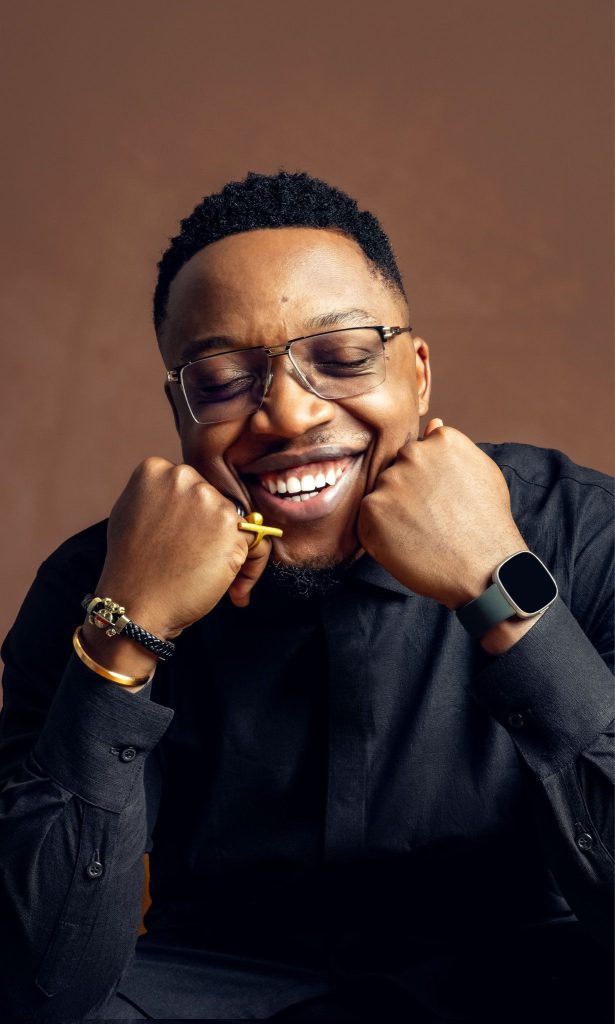
So, how do you decide what health topic to cover in your content?
First of all, we are faced with numerous health issues and challenges, and we focus on the ones concerning the people who are most vulnerable, like mothers and children, personal health, and non-communicable diseases.
Now, having a big social media presence, how has it influenced your career in medicine?
Before now, I wanted to be a surgeon, and clinical medicine was a way for me, but when I came across those cases, I became fixated on education and public health. At the point where I am now, I can’t say I can call myself a clinician; I would say I feel better fulfilled now doing this than I probably would if I were in clinical medicine. This is it for me; this is what I enjoy doing, also because, as someone who regards himself as creative, practising clinical medicine sometimes puts you in a certain box simply because there are lots of lives at stake, so there isn’t much innovation that you can get yourself involved in. But with this, you can make the story into anything you want to and still pass the same message. I enjoy this; I really do.
In your reels and videos, you always have a new way of introducing the subject you want to talk about, now my question is, what is your muse? How do you come up with fresh new ideas or approaches?
We don’t try to reinvent anything; we see what’s available, and we use that. One thing about storytelling is that you have to speak the language of the people you are trying to reach out to. When we say language, some of us think of indigenous languages like Igbo, Yoruba, Hausa, Ibibio, and the like, but when we say someone speaks your language, it means they get you, they understand you, they have shared experiences, that’s how I view language. So, no matter how I try to make the message feel new, I always make sure I relate to the audience. An example is how I speak. The way I speak while making my content is different from how I speak off-camera. Africans speak excitedly with so much life, and when you are on social media, you also have to understand that you have limited time to work with, there are people with limited attention spans, and you are probably interrupting someone’s day, so it is very important that within first 5-6 seconds you have caught their attention, and also hold it long enough to make them reach the end of the video. My muse is that I look around me, see how people talk, and then use that.

Aside from being a content creator, how have you been handling your career as a medical doctor? You know, in terms of practising.
In the beginning, it was quite tasking. Creating content and doing clinical medicine at the same time was a lot, and it took its toll on me. Eventually, I had to focus on one, so the focus right now is on behavioural change communication. I am also the Executive Director of the 100k Club.
Let’s talk about Stitches now. What inspired you to create your first film?
We needed to go deeper into storytelling, and then we also realised that talking head videos can be limited in many ways, especially when certain issues are brought up. For example, there are certain issues that a lot of people are sensitive to, so instead of attacking the message, they begin to attack the messenger. So we needed to include more people in the storytelling, people who are familiar faces and also speak their language and also dramatise the emotions surrounding certain health conditions. One of the mantras in medicine is that you don’t treat the disease, you treat the person and we didn’t want to just talk about the conditions, thereby ignoring the people living with these conditions, so we needed to create Stitches. Stitches was born out of the need to explore the world of storytelling, and so far, we have shot one episode, we have another one coming in June; and it feels like we have unlocked something when it comes to healthcare storytelling, and I am excited because all the stories we tell on Stitches are real stories. People can feel like they are connected to something, and we want to reduce the stigma connected to certain conditions.
Can you tell us a bit about the theme and general storyline?
The first episode is about cervical cancer; it involves a woman who has been faithful to her husband but ends up dying from cervical cancer. We also need to understand that sometimes even when someone has just one sexual partner, they can be at risk, and multiple sexual partners also put you at risk. So, as long as you are sexually active, you are at risk. No matter how long ago it was, you have to screen yourself for cervical cancer because there were biased opinions that cervical cancer only occurs in promiscuous people.
What was most challenging transitioning from shooting short videos to a whole longer project like Stitches?
I am glad you asked that question; first of all, everything about it was challenging: the time required, the amount of work that was required, and shockingly, the amount of fun you have while doing it. I also realised that because it’s a big project, you also have to find other people to work with you on that project. Initially, we had to utilise our social capital, rely on friendships and all that. I love to see where it’s going; everything was challenging; it’s nothing like I have ever done before, but I am glad that we finally sorted it out.
What was the casting process like in general, having to choose a crew and cast members?
First of all, we shared the idea with friends, and the people who decided to come on it with us were the people first on our list to cast because we needed people who believed in what we were doing and not people who were in it just for the money. It’s one thing for people to do it for the money that comes from it, and it’s also another thing to do it because you believe it’s going to impact the lives of people watching it. Of course, when the project becomes a longer movie, we will have to have to go through a rigorous casting process.
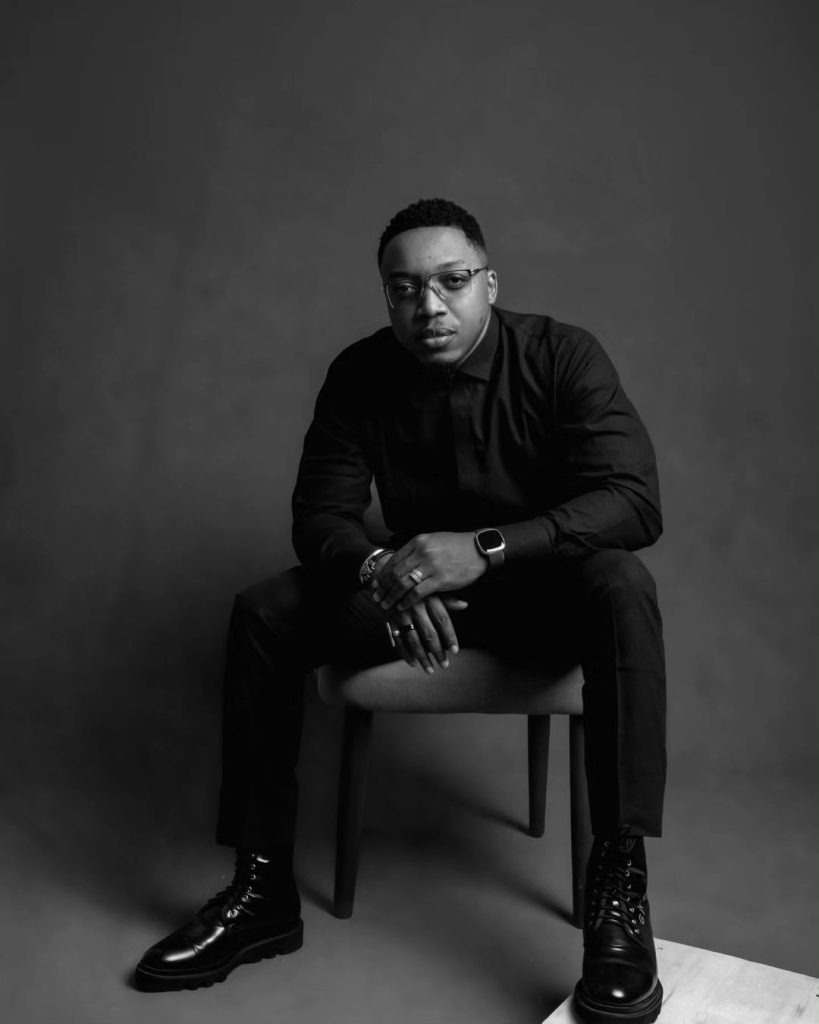
What was your favourite part of the Stitches project?
My favourite part was seeing everything come together. There have been waves of amazing months of ideas, and finally, we said let’s do this, and seeing everything come together was the beauty of the story. One of the most interesting parts of it was the comments, as many people didn’t have enough knowledge about cervical cancer, so the fact that what we tried to do in many videos was solved by just a short film.
So far, what has the reception been like for the filmmaking project?
The reception has been beautiful; we also plan on increasing the reach across social media and also across hospitals. We want to reach people who are not really into social media or who don’t use it at all.
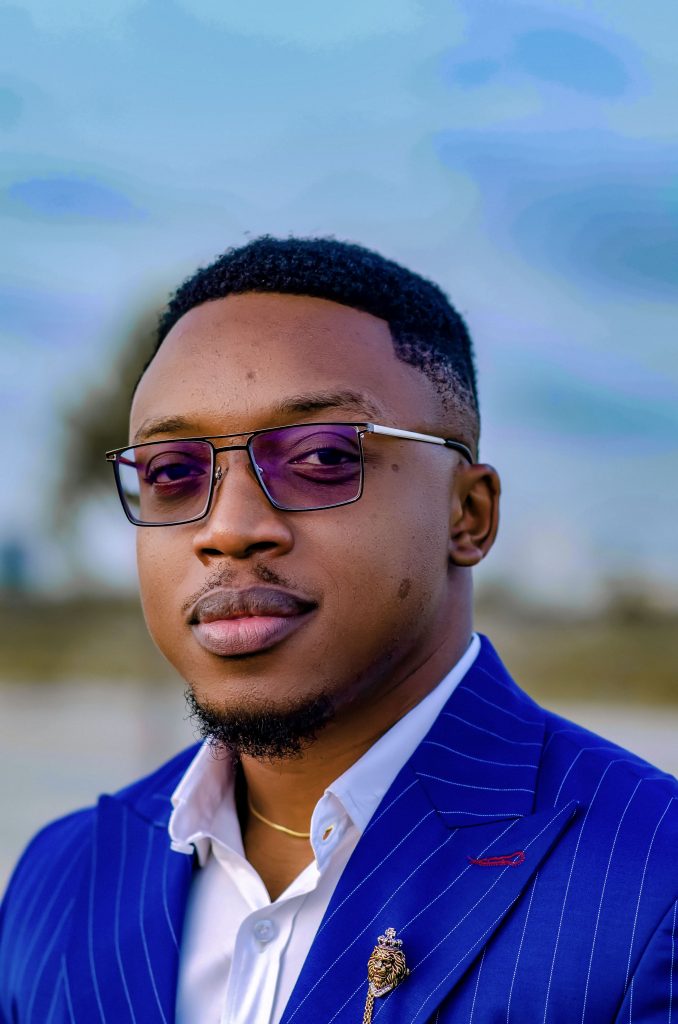 How did you handle criticism when you first started, and how do you handle it now?
How did you handle criticism when you first started, and how do you handle it now?
I have always had the same attitude towards criticism; you have to look beyond the noise and find out what the message is. You need to understand that sometimes when you are doing something unconventional, you will be criticised. Doctors don’t talk the way I talk, so people criticise the unconventional way, but that is to be expected.
What’s next in terms of social media, medicine, and filmmaking?
The sky is our limit; right now, we are looking at collaborations; we are looking at going beyond social media and into the streets. We are trying to get even more attention to what we are doing. We are planning on doing more, like making videos for children, making videos for young adults, and fully grown adults. We are just planning on expanding Aproko Doctor as a brand.


